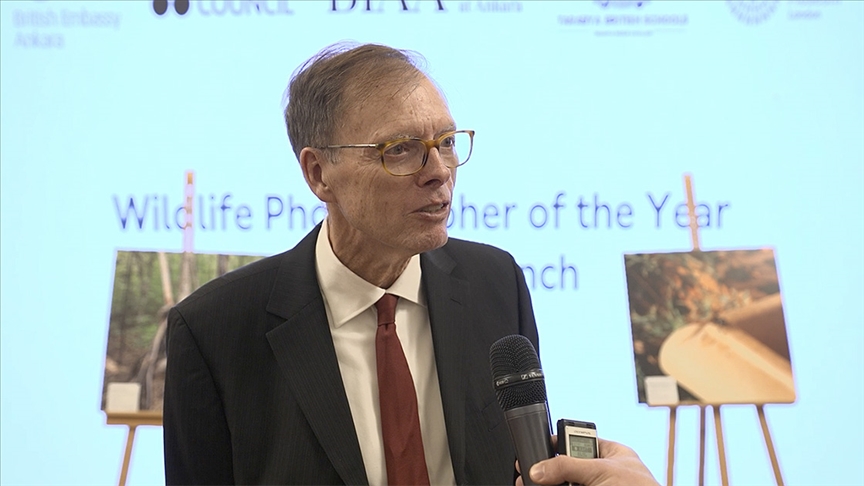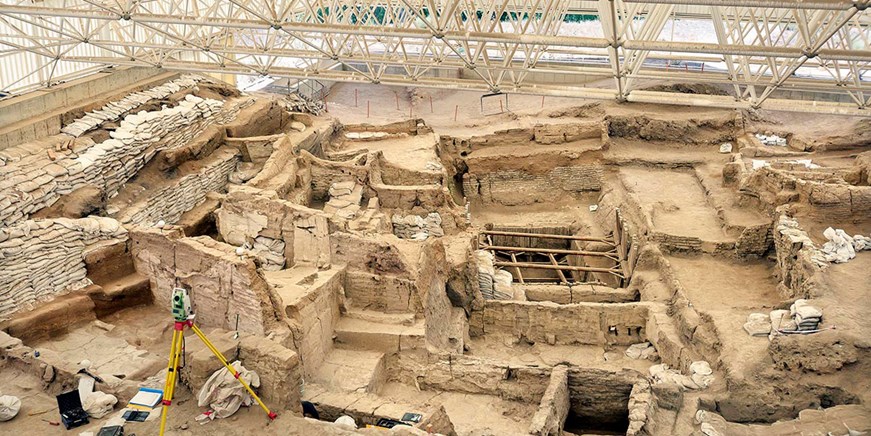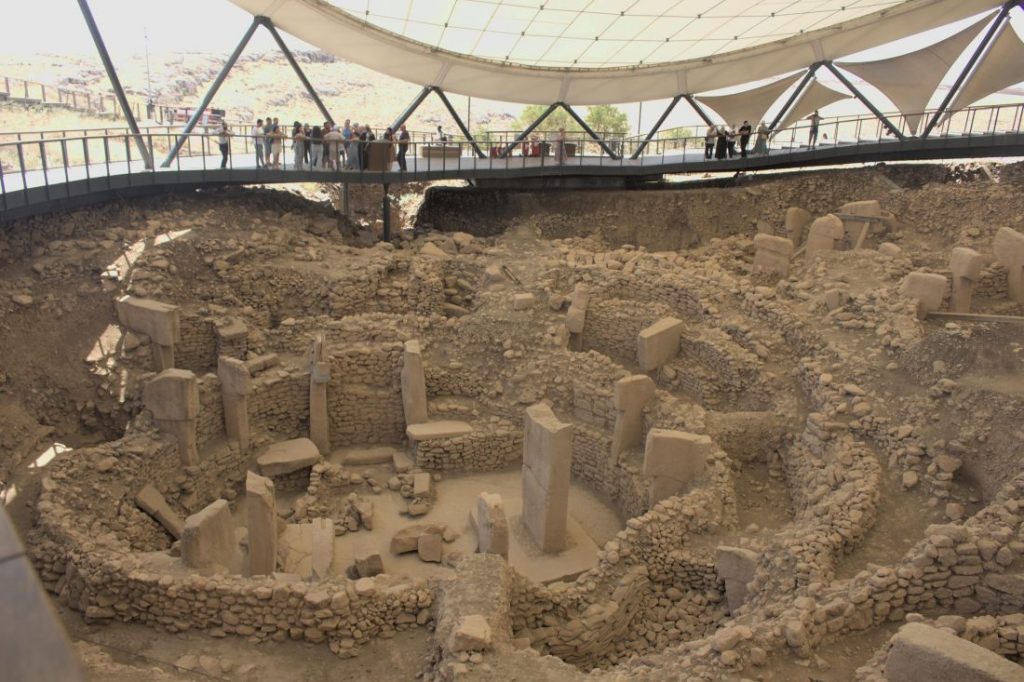
Prof. Ian Hodder, “I believe that Göbekli Tepe changes the story about the origins of human society.”
British archaeologist Prof. Ian Hodder stated, “I believe that Göbekli Tepe changes the story about the origins of human society.”
Prof. Hodder directed excavations at Çatalhöyük, the first Neolithic settlement in Anatolia, for 25 years.

Ian Hodder, who participated in the Wildlife Photographer of the Year exhibition organized by the Natural History Museum (NHM) at the British Consulate in Istanbul, said: ‘People at Çatalhöyük had a very close relationship with wildlife and nature. They integrated nature into their daily lives, myths, stories and symbols, and nature was a direct part of their world. This meant that people understood nature very well. But today we are very disconnected from nature and we are destroying it without realizing it. I think what we can learn from Çatalhöyük is to reconnect with the wild and natural world.”
In response to a question from Anadolu Agency regarding the impact of the discovery of Göbekli Tepe on the field of archaeology, Hodder replied, “I believe that Göbekli Tepe changes the story about the origins of human society.”

Hodder explained that it has been thought that settled life is associated with agriculture, plants, and the domestication of animals.
“However, what you see at Göbekli Tepe is actually a very complex society with intricate rituals, symbolism, and art produced by people who are still, in many ways, hunter-gatherers and not fully agricultural. Therefore, it upends some of the evolutionary expectations that archaeologists have always had.”
Hodder also mentioned that he does not have plans to continue excavations in his professional career and will focus on publishing and writing about Çatalhöyük.
You may also like
- A 1700-year-old statue of Pan unearthed during the excavations at Polyeuktos in İstanbul
- The granary was found in the ancient city of Sebaste, founded by the first Roman emperor Augustus
- Donalar Kale Kapı Rock Tomb or Donalar Rock Tomb
- Theater emerges as works continue in ancient city of Perinthos
- Urartian King Argishti’s bronze shield revealed the name of an unknown country
- The religious center of Lycia, the ancient city of Letoon
- Who were the Luwians?
- A new study brings a fresh perspective on the Anatolian origin of the Indo-European languages
- Perhaps the oldest thermal treatment center in the world, which has been in continuous use for 2000 years -Basilica Therma Roman Bath or King’s Daughter-
- The largest synagogue of the ancient world, located in the ancient city of Sardis, is being restored











Leave a Reply